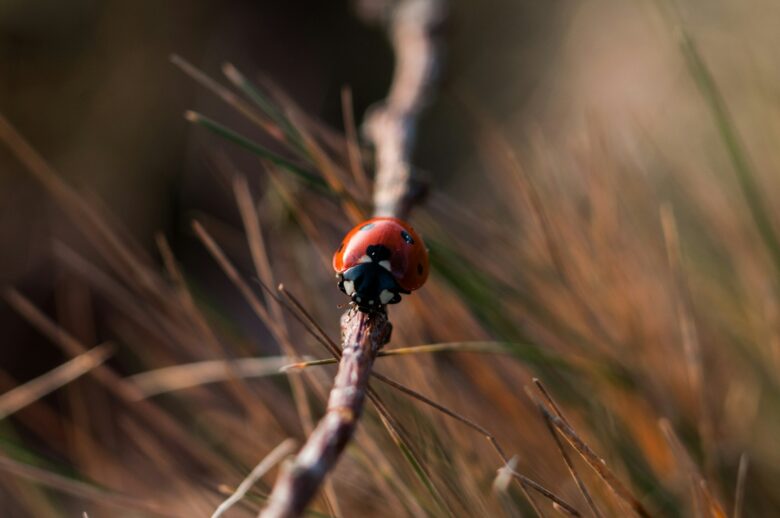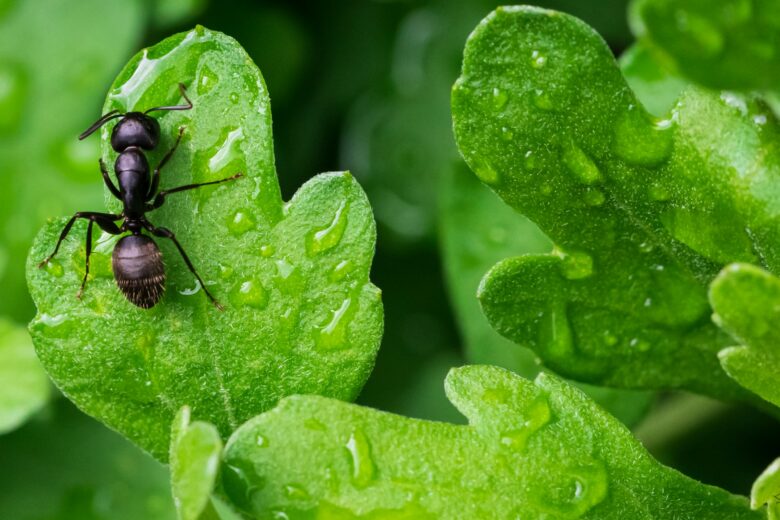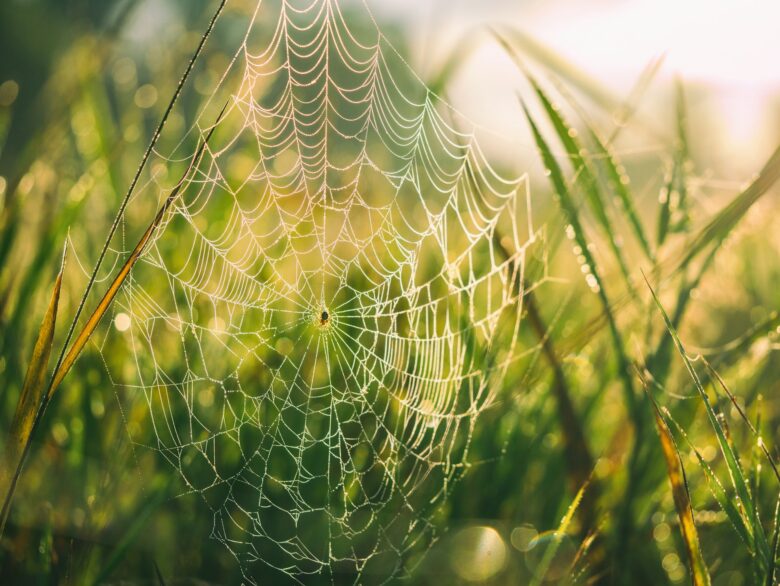Pests can be a nuisance, invading our homes and gardens, causing damage, spreading diseases, and creating discomfort. Whether you’re dealing with rodents, insects, or other critters, knowing how to identify and prevent them can save you time, money, and frustration.
In this comprehensive guide, we’ll explore some of the most common pests found in homes and gardens, providing insights into their identification and offering practical prevention tips to keep them at bay.
1. Rodents

Source: unsplash.com
Rodents are a common nuisance in both homes and gardens. From mice to rats, these furry creatures can cause significant damage by gnawing on wires, contaminating food, and spreading diseases such as salmonella and leptospirosis. Identifying rodents can be relatively straightforward as they often leave behind telltale signs such as droppings, gnaw marks, and nests made of shredded materials.
Additionally, you may hear scratching or scurrying noises coming from walls or ceilings, particularly at night when rodents are most active.
Stopping rodents from infiltrating your home and garden requires a multifaceted approach. Start by sealing any cracks or holes in your home’s exterior to prevent them from gaining entry. Keep food stored in airtight containers, clean up spills promptly, and avoid leaving pet food out overnight.
In the garden, eliminate hiding spots by trimming overgrown vegetation and removing clutter such as piles of leaves or wood. Consider installing rodent-proof fencing around garden beds and using traps or baits as needed, taking care to place them out of reach of children and pets.
2. Insects

Source: unsplash.com
Insects are another common pest that can wreak havoc on homes and gardens alike. From ants and cockroaches to termites and bed bugs, these tiny creatures can multiply rapidly and cause extensive damage if left unchecked. Identifying insects can be challenging, as many species share similar characteristics.
However, paying attention to physical traits such as body shape, coloration, and behavior can help narrow down the possibilities. Additionally, keep an eye out for signs of infestation such as visible insects, discarded exoskeletons, or damaged wood or fabric.
You can prevent insect infestations by taking a proactive approach both indoors and outdoors. Start by keeping your home clean and clutter-free, regularly vacuuming carpets, sweeping floors, and wiping down surfaces to remove crumbs and spills. Seal any cracks or gaps around doors, windows, and pipes to prevent insects from entering your home.
In the garden, practice good sanitation by removing rotting fruit, fallen leaves, and other debris that can attract pests. Utilize natural deterrents such as diatomaceous earth or neem oil to repel insects, and consider planting insect-repellent herbs such as lavender, mint, and rosemary around your garden borders.
For additional assistance in maintaining a pest-free environment, you might consider reaching out to professionals in Quality Affordable Pest Control who can provide expert advice and services tailored to your specific needs.
3. Birds

Source: unsplash.com
While birds can be a welcome sight in the garden, certain species can become pests, causing damage to crops, spreading disease, and creating messes with their droppings. Common pest birds include pigeons, sparrows, and starlings, which are known for their scavenging behavior and adaptability to urban environments.
Identifying pest birds can be relatively easy based on their size, coloration, and behavior. Look for large flocks congregating on rooftops or perching on ledges, as well as signs of droppings or damage to crops or property.
Preventing bird problems in your home and garden requires a combination of deterrents and exclusion methods. Start by eliminating food sources such as spilled birdseed or unsecured garbage bins that can attract pest birds. Use physical barriers such as netting, spikes, or wire mesh to prevent birds from accessing areas where they might roost or nest.
Consider installing scare devices such as reflective tape, predator decoys, or sound-emitting devices to deter birds from your property. If necessary, consult with a professional pest control expert to develop a customized bird management plan tailored to your specific needs.
4. Ants

Source: unsplash.com
Ants are among the most common household pests, invading kitchens, pantries, and gardens in search of food and water. Identifying ants typically involves recognizing their distinct body structure, including a narrow waist and elbowed antennae.
Different species of ants may vary in size, color, and behavior, but they all leave behind characteristic trails of pheromones as they forage for food. Keep an eye out for ant nests, which can be found in soil, under rocks or paving stones, or within walls or flooring.
Start by keeping your kitchen clean and free of crumbs, spills, and standing water, as these can attract foraging ants. Seal any cracks or gaps in your home’s exterior, paying particular attention to entry points such as doors, windows, and utility pipes.
In the garden, create a barrier around your home using diatomaceous earth or a line of ant-repellent substances such as cinnamon or citrus peel. Regularly inspect outdoor areas for signs of ant activity and address any issues promptly to prevent infestations from taking hold.
5. Spiders

Source: unsplash.com
Spiders are often feared and misunderstood, but they play a vital role in controlling insect populations in homes and gardens. Identifying spiders can be challenging due to their diverse range of shapes, sizes, and colors. However, they typically have eight legs and two body segments, with fangs for injecting venom into their prey. Look for webs, egg sacs, or discarded exoskeletons as signs of spider activity, and pay attention to areas where insects are abundant, as this is where spiders are likely to be found.
Keep indoor spaces clutter-free and clean, reducing hiding spots where spiders may lurk. Regularly dust and vacuum to remove cobwebs and spider egg sacs, paying particular attention to corners, ceilings, and behind furniture. Outdoors, remove debris such as piles of wood or leaves where spiders may hide and keep vegetation trimmed to minimize hiding spots.
Consider using natural spider repellents such as peppermint oil or vinegar spray, and seal cracks or gaps in your home’s exterior to prevent spiders from gaining entry.
Conclusion
Identifying and preventing common pests in homes and gardens is essential for maintaining a healthy, safe, and pest-free environment. By familiarizing yourself with the signs of infestation and implementing proactive prevention measures, you can effectively mitigate the risk of pest problems and protect your property from damage.
Remember to regularly inspect your home and garden for signs of pest activity, and don’t hesitate to seek professional help if you’re dealing with a persistent infestation. With the right approach, you can enjoy a pest-free living space and thriving garden year-round.
